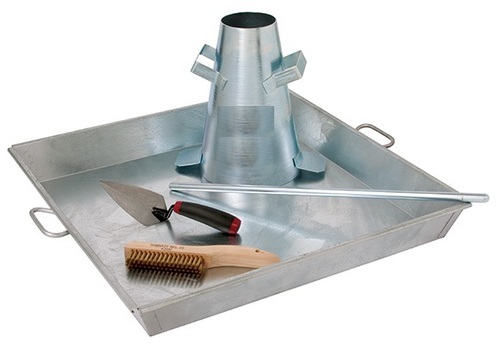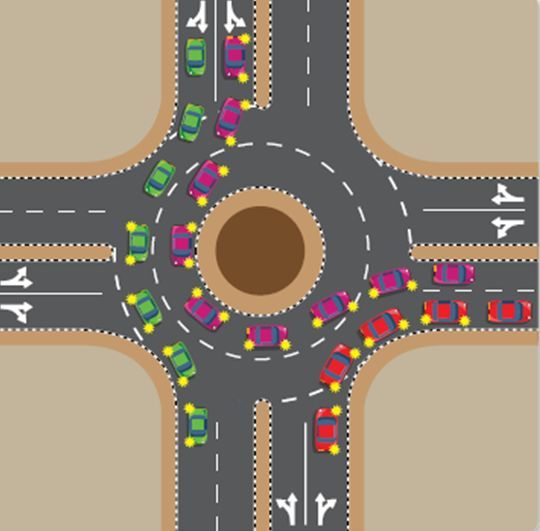Useful Engineering Courses
Construction management: Road construction course This course is designed to expand your practical side of engineering knowledge. This course is concentrating on the construction of roads. Here you will learn how the road is constructed. The construction stages such as protection of existing services, clearing the area, future utilities, preparing the road subgrade, then placing different pavement layers such as sub-base, base course, and asphaltic courses. We will also discuss the types of asphaltic course and the common defects of asphaltic pavement, such as permanent deformation, fatigue cracking, and low-temperature cracking. Also, I will show a typical cross-section of road and road profiles and many other subjects. Enroll from here Pile foundation design This course will discuss the design of pile foundations. We will learn the methods of calculating the pile bearing capacity. The bearing capacity for a pile consists of skin and end bearing resistance. Here you will un...

















